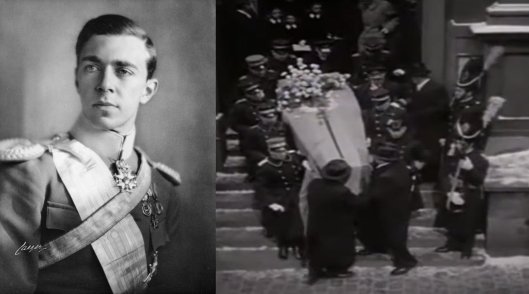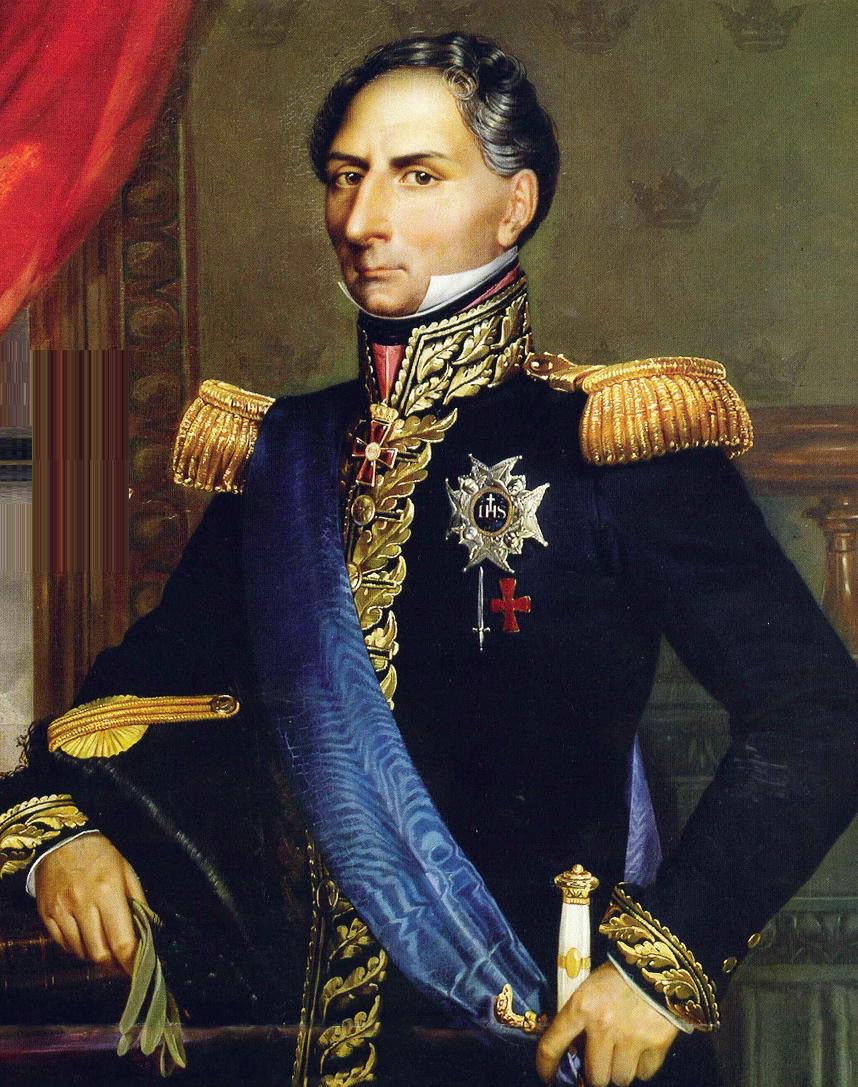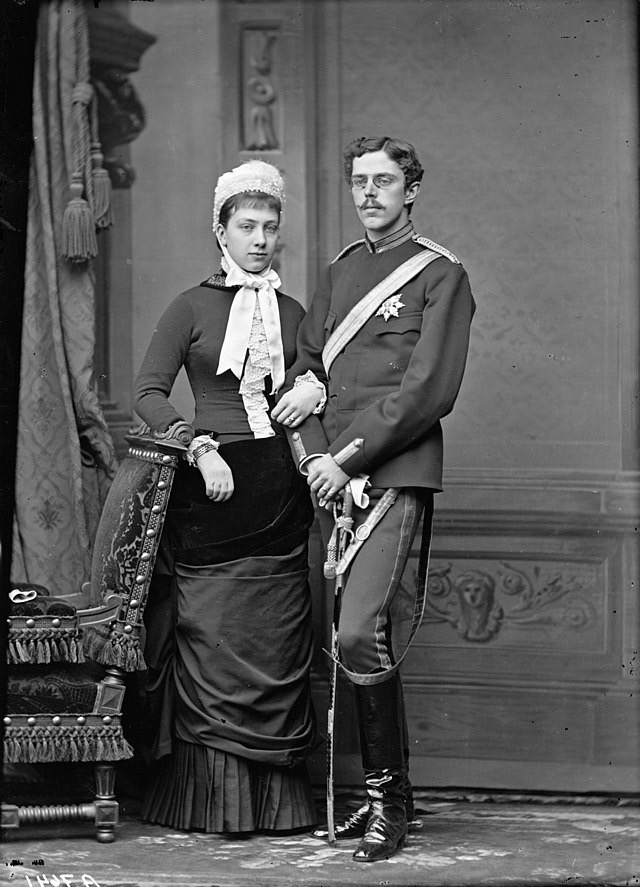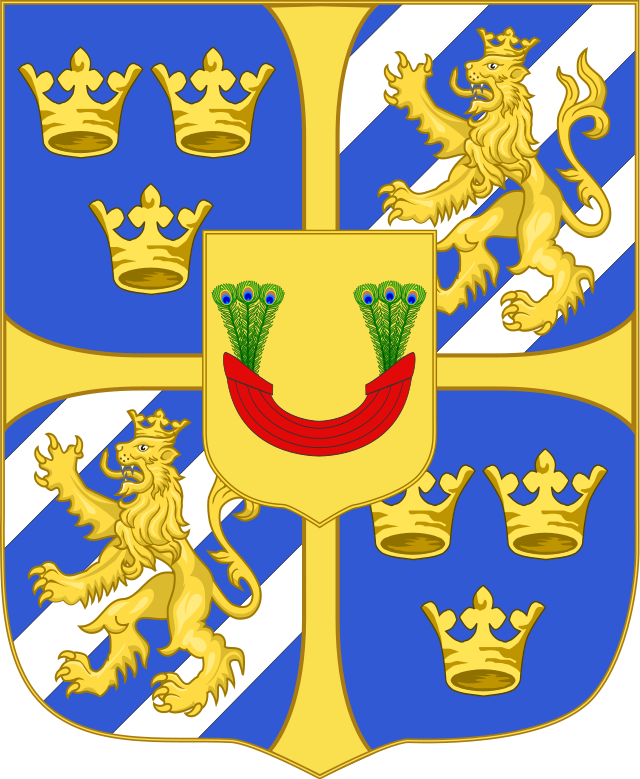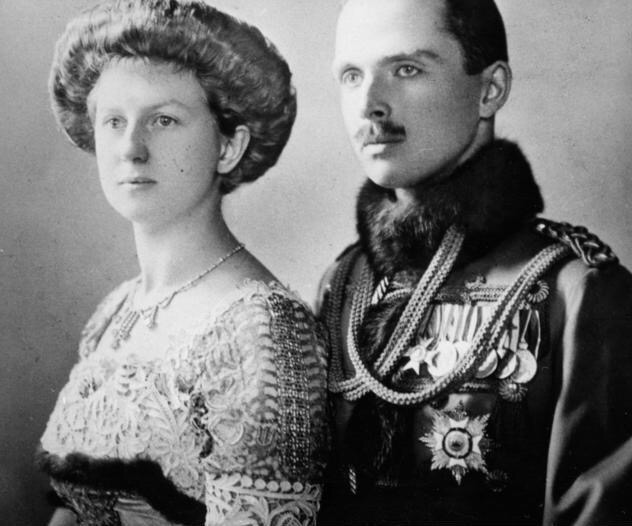Tags
Charles Edward of Saxe-Coburg-Gotha, King Carl XVI Gustaf of Sweden, King Gustaf VI Adolf of Sweden, Plane Crash, Prince Gustaf Adolf of Sweden, Princess Margaret of Connaught, Princess Sibylla of Saxe-Coburg-Gotha, Queen Victoria of the United Kingdom
Prince Gustaf Adolf, Duke of Västerbotten (Gustaf Adolf Oscar Fredrik Arthur Edmund; April 22, 1906 – January 26, 1947) was a Swedish prince, who for most of his life was second in the line of succession to the Swedish throne.
He was the eldest son of Gustaf VI Adolf, who was crown prince for most of his son’s life and ascended the Swedish throne three years after his son’s death. The current king, Carl XVI Gustaf, is Prince Gustaf Adolf’s son. The prince was killed on January 26, 1947 in an airplane crash at Kastrup Airport, Copenhagen, Denmark.
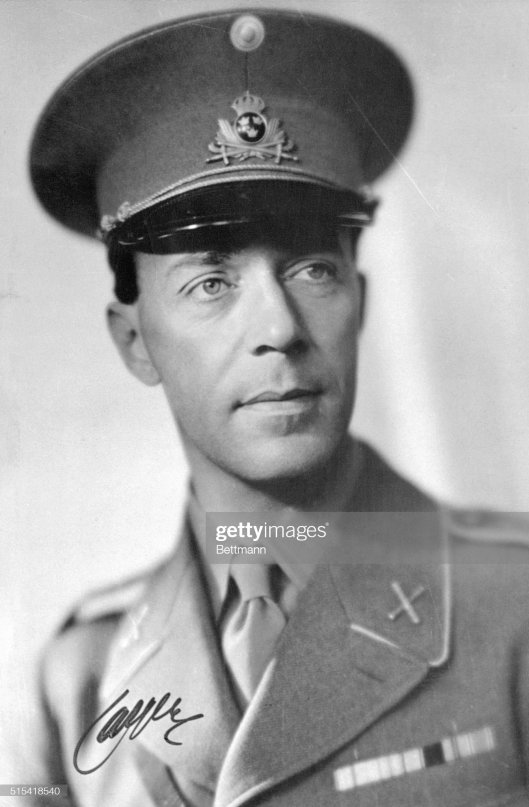
Prince Gustaf Adolf of Sweden
Gustaf Adolf was born in Stockholm on April 22, 1906 as the eldest son of the then Prince Gustaf Adolf and his first wife Princess Margaret of Connaught a granddaughter of Britain’s Queen Victoria. He was known by his last given name, Edmund, in the family.
Gustaf Adolf was an accomplished horse rider. He competed in show jumping at the 1936 Summer Olympics, but failed to finish. He served as president of the Swedish Olympic Committee from 1933 until his death in 1947.
Gustaf Adolf joined the Boy Scouts, and as an adult and became a Scoutmaster. He earned his Wood Badge beads at Gilwell Park in England. When the Svenska Scoutrådet formed he served as its first president or Chief Scout. He led the Swedish contingents at the 5th World Scout Jamboree in 1937 and at the World Scout Moot in 1939. He served on the World Scout Committee from May 1937 until his death.
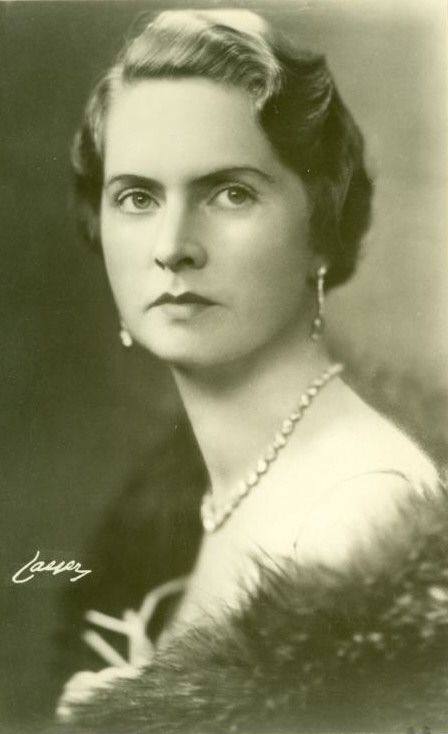
Princess Sibylla of Saxe-Coburg and Gotha
From 1932, Prince Gustaf Adolf was chairman of the Swedish Scout Council and from 1937 honorary chairman of the International Scout Committee. Since 1933, the prince was also chairman of the Central Board of the Swedish Sports Confederation, the Swedish Central Association for Sports Promotion (Centralföreningen för idrottens främjande) and the Swedish Olympic Committee.
Some recent journalists and historians portray Gustaf Adolf as sympathetic towards the Nazi movement in Germany in the 1930s, a highly debated and criticised opinion.
As an official representative of Sweden, Gustaf Adolf met with many Nazi leaders, including Adolf Hitler and Hermann Göring (the latter had lived in Sweden and had many friends among the Swedish upper class). His father-in-law, Charles Edward, the deposed Duke of Saxe-Coburg and Gotha, was one of the few members of any of the former German princely houses who was a Nazi supporter, but this does not mean Gustaf Adolf was.
As the prince very rarely spoke of political matters and left no written evidence of any political sympathies of any kind, the subject remains very much a matter of speculation.
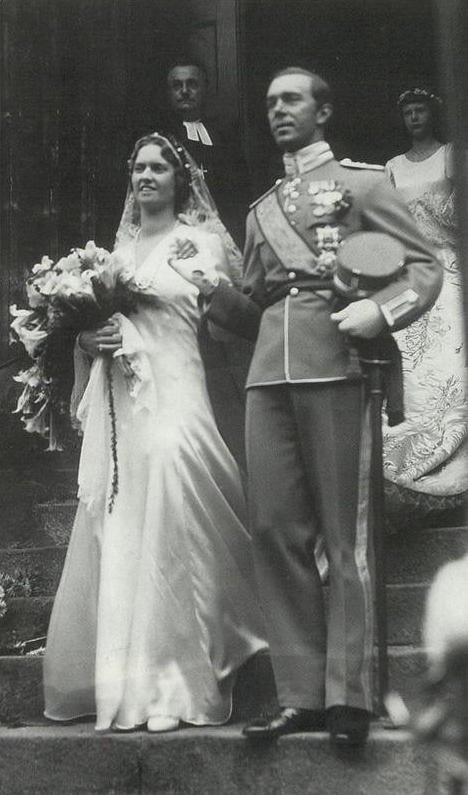
Wedding of Prince Gustaf Adolf of Sweden and Princess Sibylla of Saxe-Coburg and Gotha
According to journalist and author Staffan Skott in his book Alla dessa Bernadottar (All these Bernadottes), letters and diary entries by influential Swedes of decidedly anti-Nazi persuasion disprove the rumors. Such documents include those of the diplomat Sven Grafström and of the wife of the cabinet minister Gustav Möller, as well as of the stepson of Hermann Göring, who said that a visit by the prince to Göring’s home was a complete failure and that Göring and Gustaf Adolf did not get along well.
The newspaper Expressen said that “plausible witnesses who were also strongly pro-democracy” had denied the rumors. The Swedish Royal Court made a statement denying any knowledge of Nazi sympathies.
Gustaf Adolf expressed his support for Finland during the Continuation War of 1941–1944, and would even have liked to participate as a voluntary soldier in the Winter War of 1939–1940, but the King’s disapproval prevented this from happening.
Some leading Swedish politicians were adverse to the possibility of seeing Gustaf Adolf inherit the throne, and one prominent Social Democrat publicly uttered that the prince was “a person who must never be King”.
Marriage and family
On October 19/20, 1932 in Coburg, Gustaf Adolf married his second cousin, Princess Sibylla of Saxe-Coburg and Gotha. She was the elder daughter and second child of Charles Edward, Duke of Saxe-Coburg and Gotha, and Princess Victoria Adelaide of Schleswig-Holstein. Her father was a posthumous son of Prince Leopold, Duke of Albany, the youngest son of Queen Victoria of the United Kingdom and Prince Albert of Saxe-Coburg and Gotha.
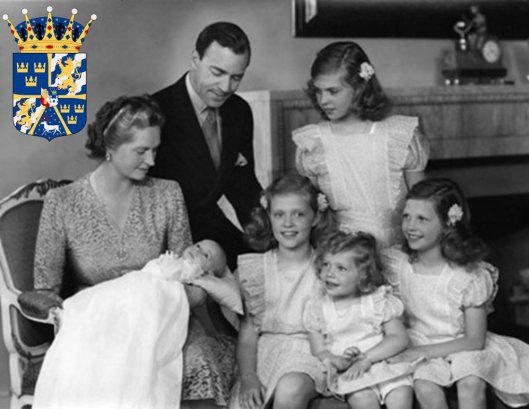
Family of Prince Gustaf Adolf and Princess Sibylla of Sweden. Princess Sibylla is holding her son the current King Carl XVI Gustaf of Sweden
The religious ceremony took place the second day at St. Moritz Church.
The couple had five children:
1. Princess Margaretha (born 31 October 1934) married John Ambler on 30 June 1964 and is his widow. They had three children.
2. Princess Birgitta (born 19 January 1937) married Prince Johann Georg of Hohenzollern on 25 May 1961 and is his widow. They had three children.
3. Princess Désirée (born 2 June 1938) married Baron Niclas Silfverschiöld on 5 June 1964 and is his widow. They had three children.
4. Princess Christina (born 3 August 1943) married Tord Magnuson on 15 June 1974. They have three sons.
5. Carl XVI Gustaf of Sweden (born April 30, 1946) he married Silvia Sommerlath on 19 June 1976. They have three children.
Gustaf Adolf was killed in an airplane crash in the afternoon of January 26, 1947 at Kastrup Airport, Copenhagen, Denmark.
The prince, along with two companions, were returning to Stockholm from a hunting trip and visit to Princess Juliana and Prince Bernhard of the Netherlands.
The delayed KLM flight from Amsterdam had landed at Copenhagen for a routine stop before continuing to Stockholm. Soon after the Douglas DC-3 aircraft took off, it climbed to an altitude of about 50 meters (150 ft), stalled, and plummeted nose-first to the ground, where it exploded on impact.
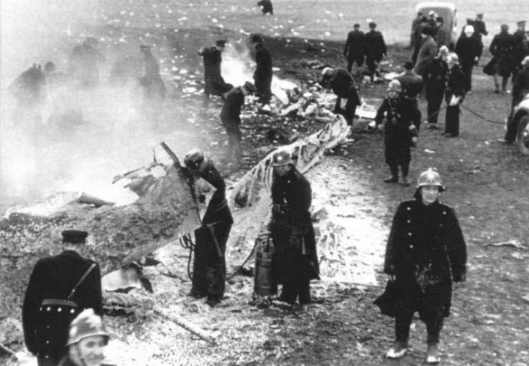
All 22 people aboard the plane (16 passengers and six crew members) were killed. Also aboard the ill-fated flight was American singer and actress Grace Moore and Danish actress Gerda Neumann.
An investigation found that, short of time, the plane’s captain had failed to perform the final pre-flight check list properly and took off not realizing that a gust lock on an elevator was still in place.
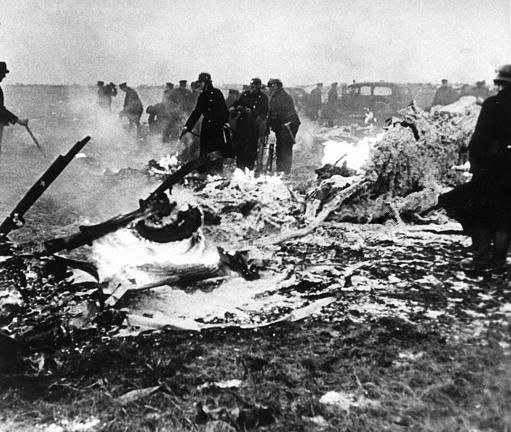
At the time of his death, Gustaf Adolf had been second in line to the Swedish throne behind his father, the Crown Prince, who in 1950 became King Gustaf VI Adolf. The younger Gustaf Adolf was succeeded as second in line by his only son, Carl Gustaf (at the time only 9 months old), who would later succeed his grandfather in 1973 as King Carl XVI Gustaf.
